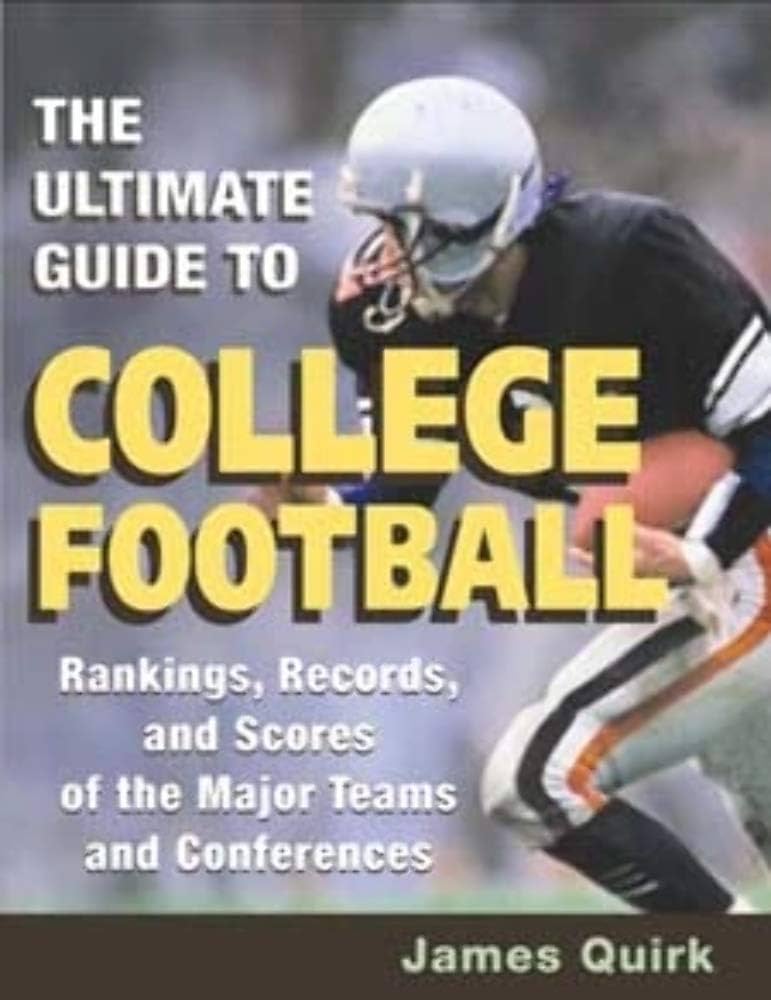Are you a high school athlete looking to continue your sports career in college? Or are you a college student interested in joining a sports team? Either way, playing sports in college can be a fantastic experience that combines academic and athletic pursuits. In this guide, we’ll walk you through everything you need to know to succeed in college sports.
Understanding College Sports Associations
The National Collegiate Athletic Association (NCAA) is the largest and most well-known college sports association. It oversees three divisions: Division I, Division II, and Division III. Each division has its own rules, regulations, and levels of competition.
- Division I: The most competitive division, offering full-ride scholarships to student-athletes.
- Division II: Less competitive than Division I, with partial scholarships available.
- Division III: The least competitive division, with no sports-related financial aid.
Other associations include the National Association of Intercollegiate Athletics (NAIA) and the National Junior College Athletic Association (NJCAA).
Choosing the Right College
When selecting a college, consider factors like:
- Academic programs and majors
- Athletic program reputation and competitiveness
- Scholarship opportunities
- Location and campus culture
- Support services for student-athletes
Eligibility and Recruitment
To be eligible for NCAA sports, you must:
- Complete high school core courses
- Meet GPA and standardized test score requirements
- Register with the NCAA Eligibility Center
Recruitment processes vary by college and sport. Research colleges, reach out to coaches, and attend camps and showcases to get noticed.
Balancing Academics and Athletics
College sports demand a significant time commitment. To succeed, prioritize:
- Time management
- Academic support services
- Communication with coaches and professors
- Self-care and mental health
Benefits of Playing Sports in College
- Scholarships and financial aid
- Networking opportunities
- Leadership and teamwork skills
- Physical and mental health benefits
- Lifelong connections and memories
Conclusion
Playing sports in college can be a rewarding and challenging experience. By understanding college sports associations, choosing the right college, navigating eligibility and recruitment, balancing academics and athletics, and recognizing the benefits, you’ll be well on your way to success. Remember to stay focused, work hard, and enjoy the journey!
